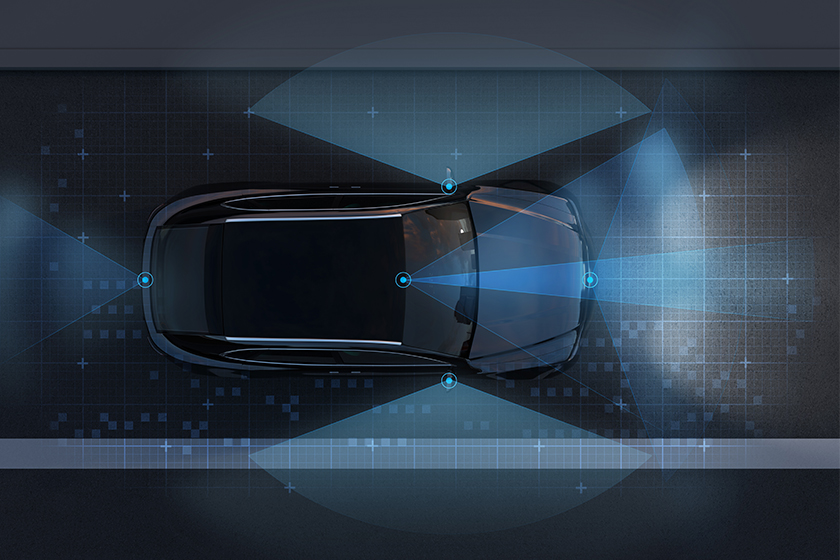

Current Development of Intelligent Cockpit Industry--Policy + Demand Dual Promotion, Has Become Standard in Mass Production Models.

In the past two years, as the new energy automobile industry is realizing the technology iteration from electrification to intelligentization, intelligent cockpit is recognized as one of the industries that are easier to commercialize and land than intelligent driving, so much so that the intelligent cockpit industry has become one of the industries that the State Council, the Ministry of Industry and Information Technology, the Ministry of Transportation and other relevant ministries pay close attention to, and a series of policies have been introduced since 2020 to promote the development of the intelligent cockpit industry.
As the popularity of new energy vehicle products expands, and the quality, safety and range of the products have been verified by the market, more consumers will gradually pay attention to the entertainment, personalization and comfort of the intelligent cockpit when purchasing new energy vehicle products. Driven by the policy dividend, coupled with the rapid growth in demand for intelligent cockpits in new energy vehicles, the importance of landing intelligent cockpit functions has gradually been perceived by more automobile enterprises, so the R D and landing of intelligent cockpit functions has become a key area of layout for the majority of automobile enterprises, and this capability has been standardized in their respective mainstream products.
At this stage, mainstream car companies mainly adopt two ways to realize the landing of smart cockpit functions - combining the products of multiple parts suppliers to realize the self-research of systems and solutions; or directly adopting the integrated solutions provided by smart cockpit solution providers. In detail, smart cockpit components are divided into software parts such as operating systems and interaction algorithms, as well as hardware parts consisting of cockpit domain chips, LCD instrument panels, center control screens, seats and glass, etc. These two aspects are in the upstream of the industry, and downstream of the industry, OEMs will integrate upstream software and hardware or directly adopt integrated solutions to compose their own smart cockpit functions and products.
After integrating the upstream hardware and software components to realize the function of intelligent cockpit, the OEMs are laying out the function of "good or bad" to realize the concept of "the third living space" by introducing more scenarios in the intelligent cockpit to meet the needs of different consumers for different scenarios. By introducing more scenarios in the intelligent cockpit to realize the concept of "third living space" and to meet the needs of different consumers for different scenarios, the overall function shows diversification and differentiation. On the one hand, by carrying multiple screens (HUD or large-size screens), multifunctional seats and multimodal interaction, the smart cockpit is not only a car cockpit, but also an office, conference room and bedroom scene; on the other hand, by introducing technologies such as VR, projection, meta-universe, and health monitoring, the boundaries of the smart cockpit are further expanded to meet the needs of consumers who can watch movies, monitor their health conditions and enter the digital world from inside the car. On the other hand, it further expands the boundaries of the smart cockpit by introducing technologies such as VR projection, metaverse and health monitoring, so that consumers can watch movies, monitor their health and enter the digital world in the car.
At this stage, the intelligent cockpit industry has gradually integrated advanced technologies in the field of electronics and artificial intelligence, and the trend of large-screen and multi-screen on-board is obvious, with the rapid development of display technologies such as HUD, VR, and streaming mirrors, so that the intelligent cockpit has more scene functions. At the same time as the rapid development of hardware, the system algorithm technology represented by artificial intelligence and big model is also rapidly iterating, and the pre-installation market scale of the main functional products of intelligent cockpit is increasing year by year, and it has reached 77.5 billion yuan in 2022, which is a 36% increase compared to that in 2020.
In the face of the high value of intelligent cockpit products year by year, coupled with the year-on-year growth in the scale of new energy vehicle enterprises, intelligent cockpit function charges have gradually become possible, so much so that some mainstream OEMs have begun to make an attempt to add a new way for their own profitability model. In terms of creating a profit model for smart cockpit products, OEMs mostly adopt the business model of first free and then pay to gradually cultivate users' habits of use. Chargeable products include navigation packages, in-vehicle entertainment service packages, traffic packages and so on.